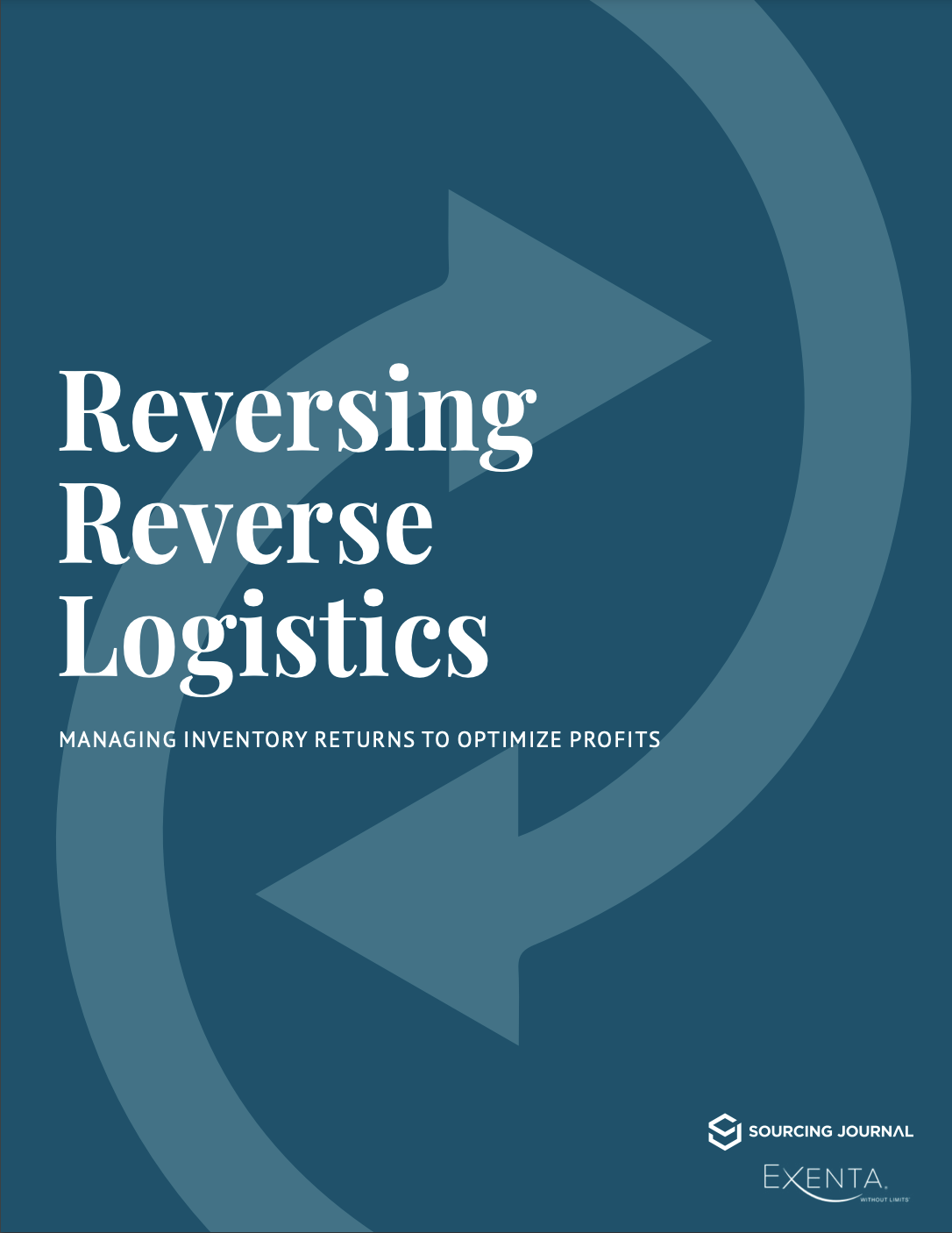How to Optimize Profits Through Returns Management
by Alexis Borucke | August 11, 2021

With the recent surge in online shopping and more generous return policies offered by retailers, returns are on the rise. Often, customers are given a prepaid label and free return shipping, which significantly increases return rates. While returns are just a cost of business, according to the National Retail Federation, U.S. consumers returned approximately $428 billion in merchandise to retailers in 2020. Online return rates are nearly double, making up an estimated 18.1 percent of total U.S. retail sales.
Returns are costly for various reasons. Some returns are fraudulent, and the returns process puts customer retention on the line. The harder or more costly the return, the less likely they are to shop with you again. Physically sorting and processing returns is also costly, as a large number of returned merchandise can no longer be resold at full price. While merchandise is awaiting return, it is off the sales floor, potentially for weeks at a time. The environmental costs of returns are also prevalent. In 2020, returned merchandise created 5.8 billion pounds of landfill waste and massive amounts of carbon emissions.
So how can returns be mitigated and reduce their many costs on the retailer?
Data is essential to mitigating the cost of returns. A software solution that provides real-time data and visibility can help identify demand for different styles or products and lower shipping costs. Having more accurate returns data, like where returns are being placed, these items can be routed to more efficient destinations.
Another way retailers can mitigate returns is with more accurate and detailed product images, fit data, and measurements online. Sizing charts help customers see a more detailed and measured representation of the product and can mitigate many fit issues, reducing return and cart abandonment rates. Return reason codes (“too small”, “too big”, etc.) can be provided to give the retailer a reason to why an item did not work, and this data can be used to make product improvements that prevent more returns in the future.
Automating the returns process using technology like an ERP allows companies to analyze the reasons for returns, make more educated product decisions, and overall create a more efficient supply chain. Using an ERP system with a returns app integration like Exenta ERP allows for retailers to have more accurate returns reporting and insight. Integrating returns with ERP and warehouse, companies can use real-time information to calculate stage requirements. Having a more cohesive, efficient system using a software solution can improve the customer service experience. A strong ERP system with returns integration triggers a notification when the return is scanned in the warehouse to issue the refund, reducing time-consuming manual entry and providing the customer with their money back quickly.
Exenta client Veronica Beard uses Exenta ERP and the returns platform Returnly. “Exenta is integrated seamlessly with Returnly so we can get inbound returns information to our 3PL to receive against,” says Marc Ianotta, vice president of operations for Veronica Beard. “with Exenta we know once the warehouse checks something in it puts goods back to stock. That inventory is now available to be purchased online or through our stores via our omnichannel systems.”
To learn more about mitigating the costs of returns and how Veronica Beard found success using an advanced software solution, read our white paper: Reversing Reverse Logistics.
Interested in learning more about how an industry specific ERP can benefit your home fashion or apparel business? Request a demo today to learn how Exenta’s ERP solution can help your company streamline returns and other processes!

